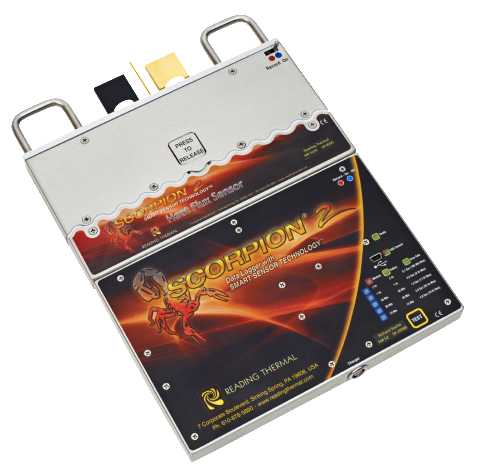Accurate temperature monitoring in commercial oven systems is critical to ensuring consistency. That level of consistency depends heavily on the performance of your oven. But even well-maintained ovens experience gradual changes over time. These shifts, known as oven drift, can alter heat distribution, throw off your baking curve and lead to product defects. Reading Thermal products can help you catch the signs of oven drift so you can address them before issues happen.
What Is Oven Drift, and Why Does It Matter?
Oven drift refers to the slow, subtle deviation of oven performance from its original or intended specifications. It might start with a burner producing slightly less heat or a fan delivering uneven airflow. Over time, that can create hotter zones in some areas and cooler ones in others. These inconsistencies may not be noticeable right away, especially when visual inspections or surface readings seem “close enough.” But in a commercial bakery, where even small thermal variations can affect moisture loss, rise, and browning, those shifts add up quickly.
One of the biggest risks of oven drift is that it affects different products in different ways. What seems like a minor deviation during cookie production can completely ruin a delicate cracker or a laminated dough. Without regular monitoring, operators may try to fix the symptoms – like overbaking or drying – without realizing the root cause lies in the oven itself.
How to Detect Oven Drift Before It Costs You
The key to catching oven drift early is establishing a performance baseline and measuring against it routinely. This is where Reading Thermal’s SCORPION® 2 Profiling System becomes invaluable. The system collects live, in-process data as it moves through the oven on the conveyor – recording exact humidity levels, heat flux, temperature conditions and air velocity across every zone.
By creating a detailed thermal profile during peak performance periods, you establish a gold standard. Over time, the SCORPION® 2 lets you compare current data against that benchmark. Even small changes – like a one-degree shift in a single zone or a decline in convective heat – can be flagged before they start impacting product quality. Operators no longer have to rely on guesswork or wait for defects to show up downstream.
The Temperature Sensor Array and Heat Flux Sensor are especially useful in identifying drift. If the amount of energy absorbed by the product begins to drop or shift unevenly across zones, it’s a clear signal that something has changed inside the oven. That early detection makes it easier to recalibrate, perform preventative maintenance, or adjust line settings before any inconsistency reaches the consumer.
Oven Drift and the Cost of Delay
Waiting to respond to oven drift can lead to a domino effect of issues. Products might come out overbaked one day, underbaked the next. Moisture content may vary, creating shelf-life problems. Customer complaints increase, and rework or waste becomes a daily reality. All of this adds up – lost time, compromised product and reduced margins.
More importantly, drift rarely corrects itself. Ovens are subject to wear, buildup and environmental changes. A system that seemed reliable last quarter may already be operating outside its optimal range. By making thermal profiling a regular part of your process, you stay ahead of those shifts instead of constantly reacting to them.
Find out more about how Reading Thermal technology can ensure accurate temperature monitoring in commercial oven systems and help you eliminate oven drift. Get in touch by contacting us online or calling 610-678-5890.

